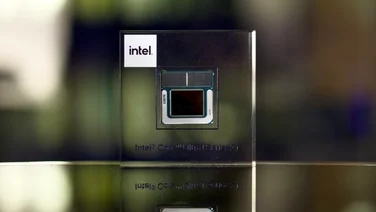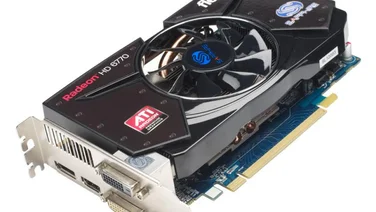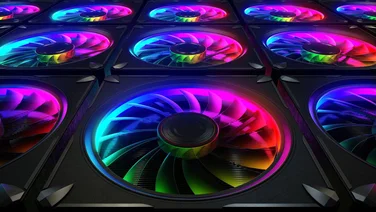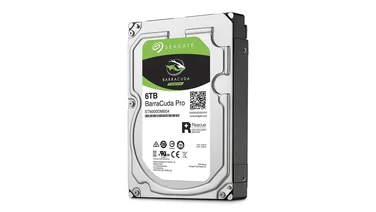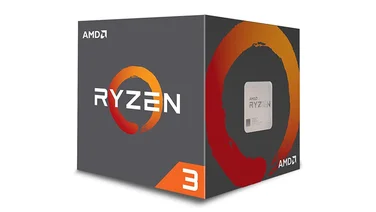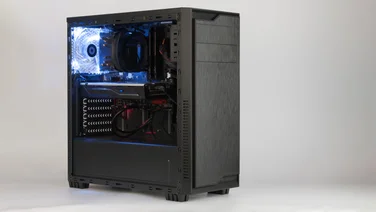To help us provide you with free impartial advice, we may earn a commission if you buy through links on our site. Learn more

Intel has launched its new range of processors, previously known by the codename Lynnfield.
The first chip is the Core i5-750, a quad-core processor running at 2.66GHz. Intel is aiming the Core i5 at users who want excellent performance but aren’t willing to pay the high prices demanded by current Core i7 PCs. It’s not that the original Core i7 processors were unreasonably priced, given their incredible computing power, but the cost of compatible motherboards, and triple-channel DDR3 memory kits, made for expensive systems.
Core i5 may share its branding with the existing Core i7 chips, but it has a very different architecture and uses an entirely new processor socket, called LGA1156. The new socket means Core i5 processors won’t be compatible with current Core i7 motherboards, which use the LGA1366 socket. To confuse matters, new Core i7-branded Lynnfield processors are also due to launch, and these will also use LGA1156. We’re disappointed that Intel, which has stuck by its LGA775 socket since 2004, has now introduced two new designs in such a short period.
No Northbridge
The new processor architecture means there’s no need for a Northbridge chip on the motherboard. This is largely thanks to a built-in memory controller, which supports dual-channel DDR3 modules at up to 1,333MHz – although you can boost memory speeds further by overclocking the processor’s bus speed above its usual 133MHz. There’s also a dedicated link with your PCI Express graphics card or cards. Although P55 boards are cheaper than their X58 predecessors, they’re still twice the price of equivalent AMD boards.
We were surprised to find official support for overclocking in the form of Intel’s new Turbo Boost technology. When the processor comes under load, this increases the multiplier beyond its usual 20x setting. Intel claims the Core i5-750 will go up to a 24x multiplier, running at 3.2GHz. This depends on having a capable power supply and sufficient cooling. You won’t receive the full boost on every core simultaneously, either. We saw speeds of 2.93GHz on all four cores in multithreaded tasks, such as our video-encoding test, but it hit only 3.2GHz in single-threaded tasks, such as games and our image-editing test.
We found Turbo Boost support rather hit and miss. Two of the P55 boards we tried with our sample processor refused to budge over 2.8GHz. We can only assume that BIOS support for this feature hasn’t been fully implemented – in fact, there was no mention of it on one board. Thankfully, it worked perfectly on Gigabyte’s P55M-UD4 hitting the maximum clock speed in our image-editing test and completing the task 33 per cent quicker than our AMD Phenom II reference PC.
The Core i5-750 was no slouch in our benchmarks, scoring a stunning 136 overall. This is much quicker than the fastest of AMD’s Phenom II chips, the X4 965, and only just behind the slowest of Intel’s original Core i7 chips, the 920. It’s very impressive for a processor that costs around £20 less than the X4 965, and around £40 less than the 920.
Its fast application scores are partly due to a large, three-stage memory cache, which provides a smooth flow of data to the processing cores. There’s 64KB of L1 and 256KB of L2 cache per core and a shared 8MB of L3 cache – 2MB more than on recent Core 2 Quad chips. The largely identical Lynnfield Core-i7’s will use Hyper-Threading, so Windows sees them as having eight cores, but Intel has disabled this in the Core i5 chips. Despite this, a score of 135 in our video-encoding test shows that it’s still lightning-fast when it comes to multithreaded applications.
Although the processor is directly linked with the PCI Express graphics card slots, we saw no significant variation in our Call of Duty 4 benchmark scores. This isn’t a disaster, though, as games often run slowly on new hardware while the drivers are being optimised.
Speed bump
Intel claims that the 2.66GHz Core-i5 is 20 per cent faster than the 2.66GHz Core 2 Quad Q9400, which tallies with our figures. Equally impressive is its idling power consumption, which is around half that of its predecessor. This is despite both processors having the same 45nm manufacturing process and a TDP of 95W. The new CPU cooler annoyed us, though. Frustratingly, its size is halfway between the LGA1366 and LGA775 coolers, so older heatsinks won’t fit on the new motherboards.
Looking only at the Core i5-750’s price and test scores, you’d conclude that Intel was about to wipe the floor with AMD. However, a processor is no use without a motherboard, and compatible boards are expensive. If you want to build a fast PC, the i5-750 is still good value, and the lower cost of boards and memory make it far better value than the original Core i7s. However, you can buy a perfectly capable Phenom II chip and board for half the price.

